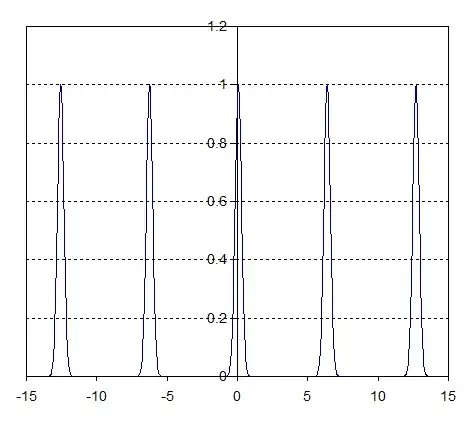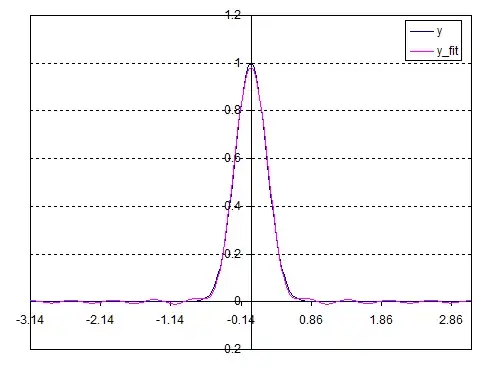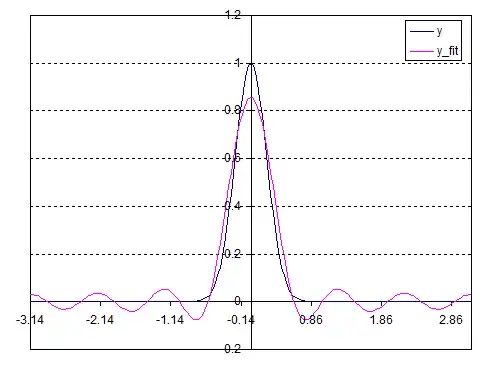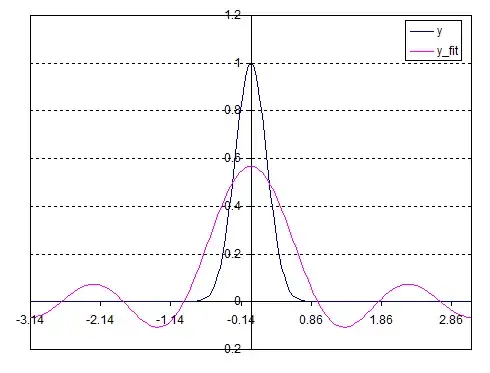With Fourier-Series Expansion, we can write a function as sum of many non-repating different frequncied different amplituded sine and cosine functions.
Lets assume we know electric-field and magnetic-field representation function of Hydrogen atoms or Iron atoms as a periodic-lattice (If we cannot know, lets take periodic-Dirac-Delta).
Question: how many sine+cosine wave generators do we need to produce such imitation for at least xy plane with minimal erroer(lets say %0.1 about electron-orbit's uncertainity) ? (ofcourse electromagnetic waves are transverse sinusoidal) Very narrow angled generators targeted at same points so they would make a spot of super-positioned waves acting like Iron lattice or whatever em-field needed maybe (even a shield against big objects, with enough power source and strong generators, like in the Star-Trek realm?).
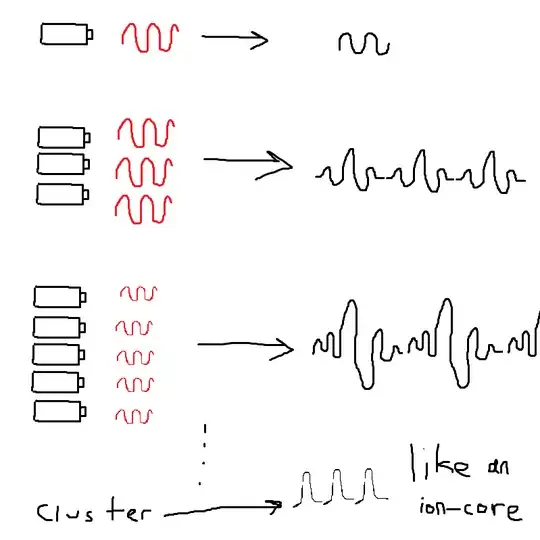
like ion cores in the lattice as a barrier for nano-particles.
Thanks.
